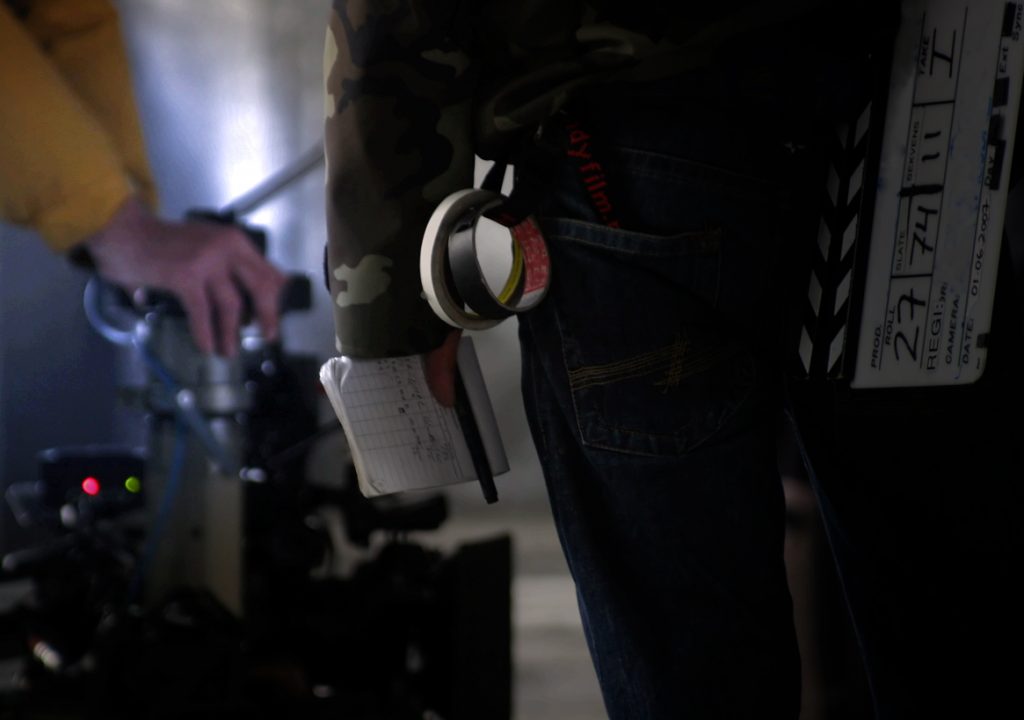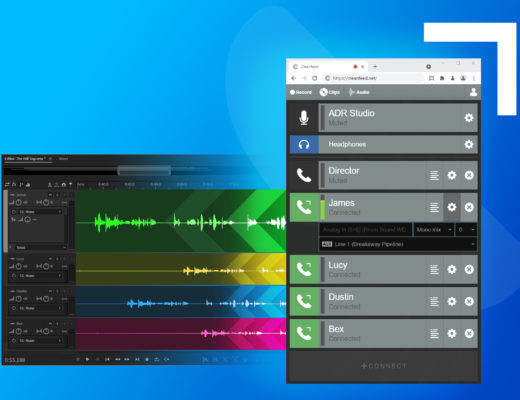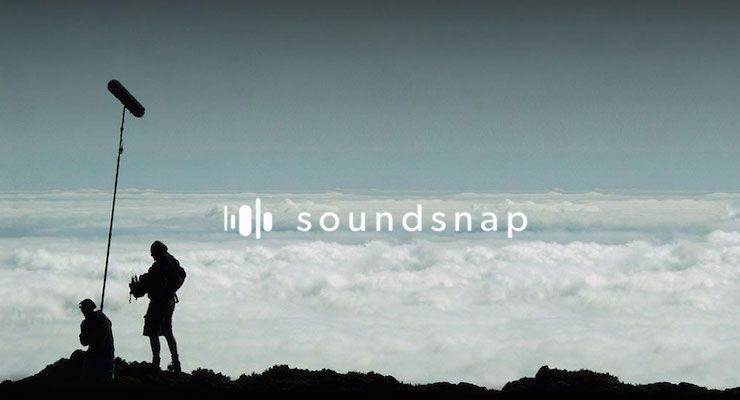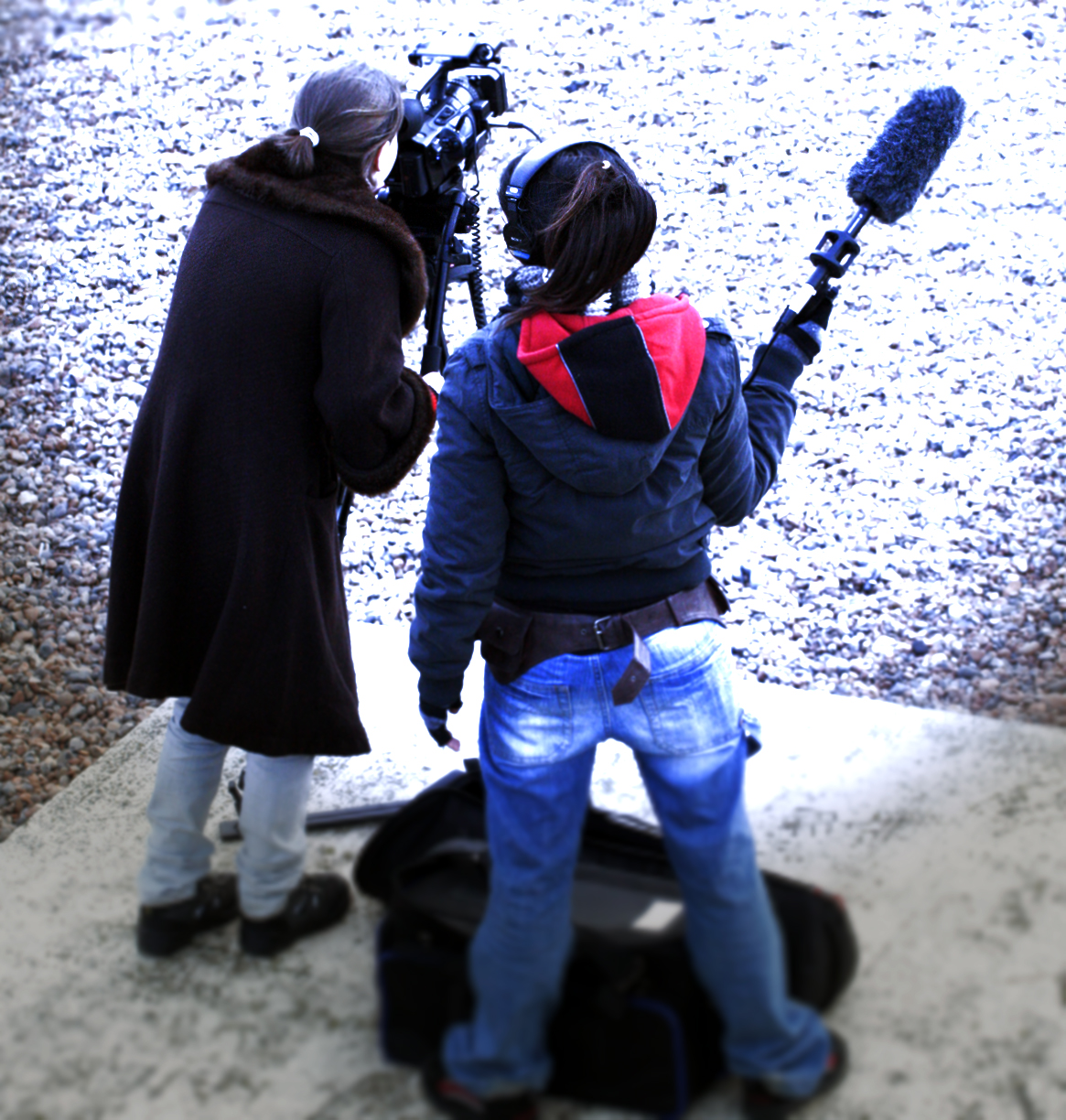
Filmmakers often ask what they can do to make their projects sound better. They are all looking for that one great tip and expecting an awe-inspiring “aha!” insight. However, recording, editing and mixing sound is no different than any other part of the process. It takes good equipment, good crew and good locations. Would you use a 20 dollar camera to shoot your 4K project? Would you continue to use the same Director of Photography if all of the dailies are out of focus? Would you choose locations that are endlessly busy and keep changing the status of your set-ups?
Many professionals understand the importance of great audio. And many don’t. Often, audio is that pesky other thing that producers and directors need to capture while they are busy trying to “get the shot.” The single most cited excuse for bad location audio was that “we just didn’t have the time.” If your shots were improperly framed with soft focus shot after shot would you make an adjustment on set to correct that? Producers will typically take whatever time is needed to correct the picture as soon as problems are apparent. Proper sound is not always a prime consideration when shooting. But in the heat of the moment you do your job with the tools, time and budget that you have. “We’ll fix it in post.” Yep – there it is….
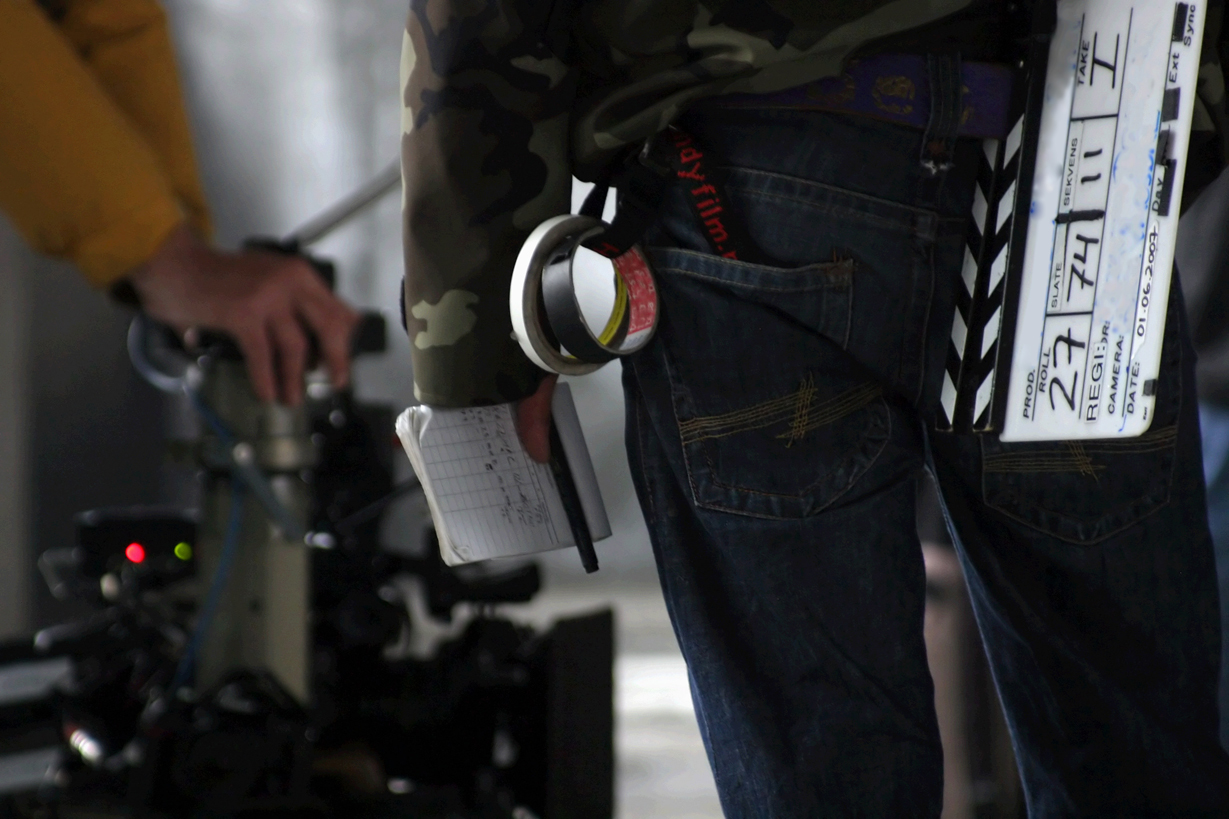
The problem with the “fix it in post” mentality is that it relegates post to mostly a technical and problem solving part of the process. It certainly is that of course but it forces post to spend the time trying to repair or fix cinematic moments instead of adding, enhancing and enriching moments. All these fixes require enormous amounts of time and money. Time and resources that could have been used for enhancing the filmmaking and tell a better story.
Some Directors, when they get their projects to post audio, talk only of the problems of the audio – the drop-outs, the distortions, the noisy locations etc., wanting to know how the location audio can be saved. Those Directors tend to scout locations for their image quality only, without noting or caring about any possible sound problems to come. Producers and Directors must listen beyond the set to all of the intrusions of the world outside. They may not monitor the takes of each scene and won’t have a full understanding of the quality of the audio as its being recorded. They may think of sound as something that you do – later.
Other Directors approach sound as a storytelling tool. They want to know how they can add suspense, tension or joy to a scene with sound. They come to the set with good headphones and monitor each take. They are sure to have the recordist make them aware of any potential sound issues on the set.
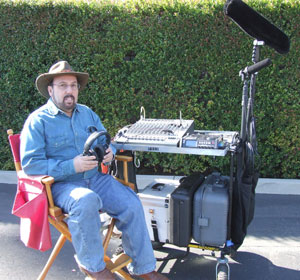 What things can be done on-set to mitigate sound issues? Start by using an experienced crew who use top quality gear. That alone will ensure that things are being recorded properly as well as having crew that are highly focused on just sound. They have been around all sorts of locations, sets and sound issues and have problem solving for audio in their DNA. They understand the best microphones to use and where and how to place them. Their expertise and their experience alone will save many hours and dollars in post production.
What things can be done on-set to mitigate sound issues? Start by using an experienced crew who use top quality gear. That alone will ensure that things are being recorded properly as well as having crew that are highly focused on just sound. They have been around all sorts of locations, sets and sound issues and have problem solving for audio in their DNA. They understand the best microphones to use and where and how to place them. Their expertise and their experience alone will save many hours and dollars in post production.
Some additional thoughts to consider next time you are shooting with location audio. Record the space you are shooting. Record the traffic, record the birds, record the aural world that the space inhabits, free from dialog. Those sound elements are essential for post. Create a library of sounds specific to your project.
Take the time to record room tone. Every set up. Period. It will be needed. Room tone is not an optional element that you get when its convenient. Room tone is a sound requirement. My colleague, Fred Ginsburg, CAS, pictured here, has a great solution for room tone resistant producers. A simple strategy is to record the room tone on the first take of every set up. By doing that you are ensuring that it is being properly recorded, with crew in place, with the lights on etc. It is the one time that everyone on set will be quiet and still. Have the director call action about 20 or 30 seconds after the start of the take. The mics will be in the right position, the levels will be set properly and everyone in the room will be standing to attention. No need to do it later and it is done for that setup forever. “And” … 20 – 30 seconds go by… “action.” Boom – room tone recorded.
Record the “Foley” of the scenes. There is a lot of action that happens in movies. Often audio post will have to Foley everything to fulfill one of the final audio deliverables, a fully filled M & E track. A fully filled M & E is the music and effects split out from the dialog track that will have all of the audio except for the dialog. Foley is defined as the re-creation of human sounds and actions in sync to picture.
Mute the dialog track during a busy scene and see how much of the human’s sounds are muted along with that. Capture as much of it as you can while on set. Fight scene – record the rehearsals. Cool period props like an antique car – start it up, slam the door, jump up and down on the seats and record it all. Lots of running through woods, gravel or water puddles – record all of it. During post you will remember those specific sounds. Asking a sound person to recreate them later in post will never be satisfactory and it will cost additional time and money.
Record the walla on set. Walla is defined as the murmur of human voices – heard but indecipherable. Lots of party scenes, restaurant scenes, crowd scenes? Typically the extras will mime and “talk” silently during the dialog recordings for the actors in the scene for easier editing later. Take a few moments and record all of it wild. School scenes, prison scenes, birthday party – get it on set while you have a full cast of extras standing by. It’s what they will be doing between takes anyway so you might as well get them while they are there.
Do on set dialog replacement. If there are many noise issues that are affecting the scenes, record the dialog scenes afterwards without picture. A great sound editor can take these additional recordings and seamlessly blend them into the edit, lessening the need for later ADR in post. Get the good audio in the can, on the set. ADR or dialog replacement is a time consuming and costly process.
Take the time needed for sound the same way that the time is reserved for picture. What seems like a time waster on set is actually a time (and money) saver in post. Ten minutes on set a day recording Foley, Walla, room tone and backgrounds will give the picture editor an arsenal of sounds while creating the temp edit. All of those recordings forwarded to audio post will give the supervising sound editor and sound designer the raw materials to help you tell the story in the world that has been defined by all of the other recordings.
Don’t just get the shot, capture the audio universe of your shoot as well. You’ll tell a better story, have more creative resources available during the initial picture edit and save yourself a few dollars in post while enhancing the quality of the program. Scrimping on audio during production is the epitome of penny wise and pound foolish.

Filmtools
Filmmakers go-to destination for pre-production, production & post production equipment!
Shop Now